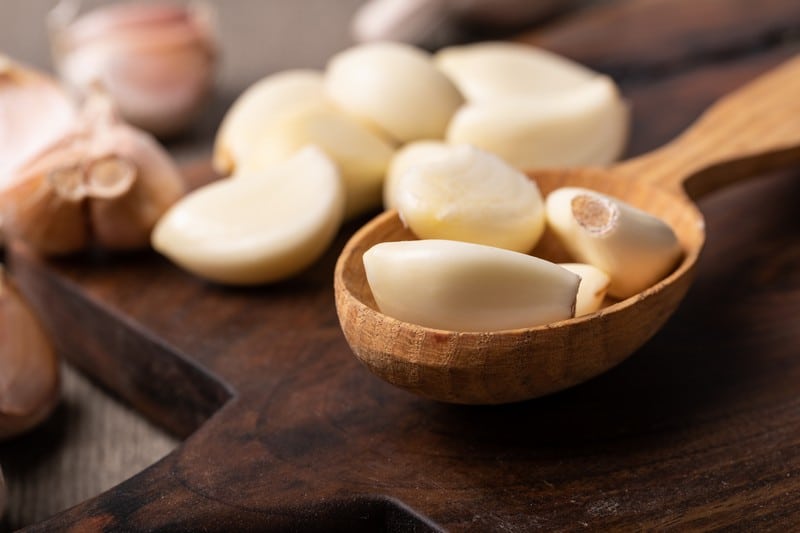Garlic

Garlic’s medicinal record dates back to Ancient Chinese times. In treating bacterial, viral, and fungal infections, this herb is utilized to kill harmful invaders in the body. Its anti-bacterial properties have been studied and proven by experts. Experiments showed garlic acts as a blockage inhibiting gram-positive and gram-negative bacteria. In addition, it has been discovered that garlic’s efficacy and efficiency lie in its natural detoxifier, allicin. Allicin is an active ingredient that suppresses harmful bacteria and boosts good bacteria around the skin.
Garlic targets impetigo by accelerating the recovery. Its anti-bacterial properties fight back Staphylococcus aureus and Streptococcus pyogenes. Damaging the root will speed up the rehabilitation of the affected skin areas. Garlic also has anti-inflammatory properties, which target symptoms of impetigo. The appearance of swollen lymph nodes, itchy blisters, and redness is lessened when garlic is applied.
To cure impetigo, thinly slice the garlic and put it directly into the impetigo sores. This will sting for a while; thus, this treatment is not advised for children. Pressed garlic can also be applied topically for more effective absorption.










